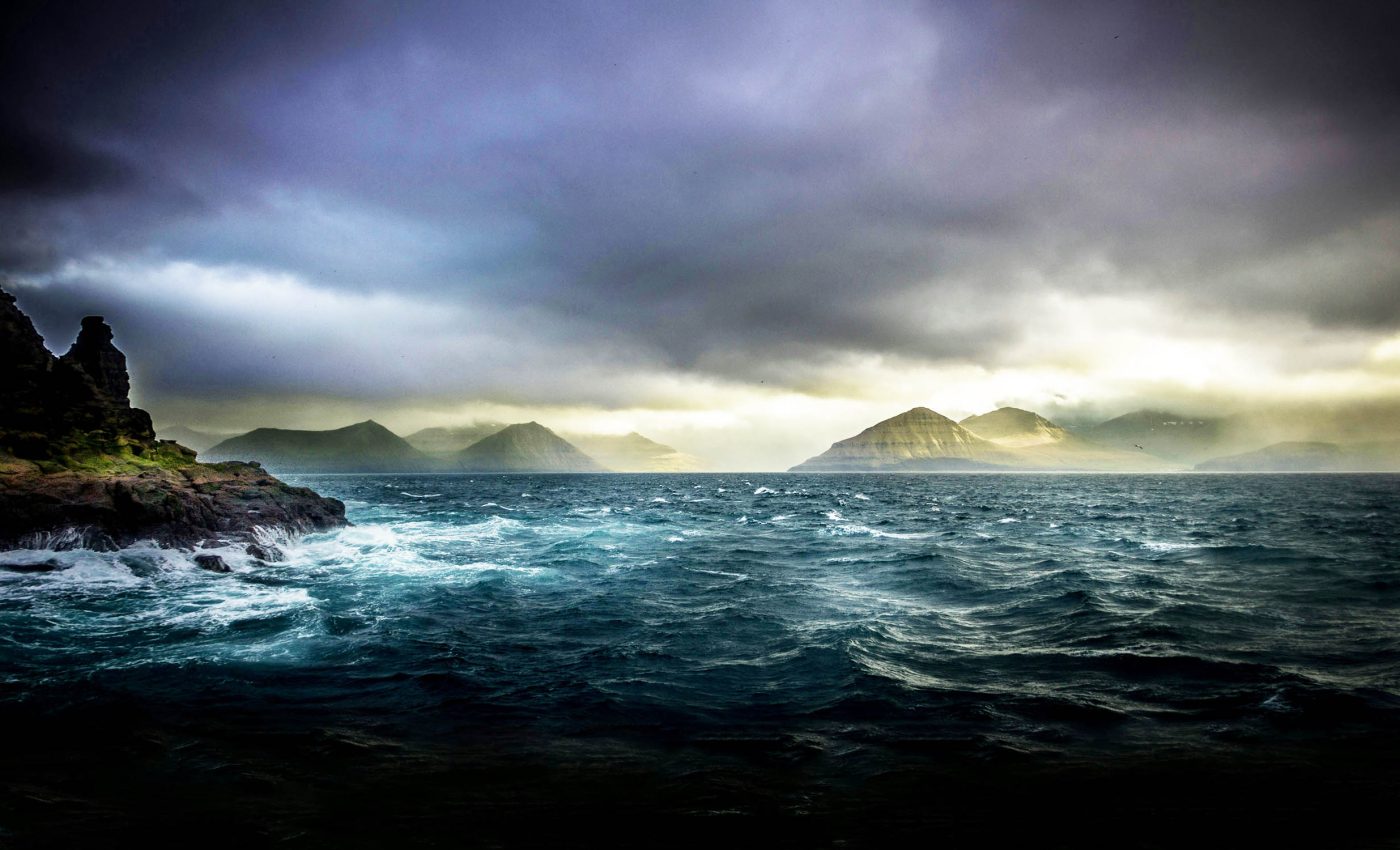
Cataclysmic events caused mass extinctions during Earth's early evolution
Earth’s evolution has been shaped by a series of severe environmental crises that occurred millions of years ago, profoundly impacting both marine and terrestrial ecosystems.
These events triggered mass extinctions, disrupted chemical cycles, and paved the way for new forms of life to emerge.
Earth’s evolution and catastrophes
New research has revealed that a catastrophic “tag-team” between continents and oceans devastated marine life, depleted oxygen levels, and dramatically altered the course of evolution on our planet. The events left a lasting legacy on Earth’s biodiversity.
The study was led by a team of scientists from the University of Southampton. The findings uncover new explanations for oceanic anoxic events — periods when the seas were critically depleted of dissolved oxygen — occurring between 185 and 85 million years ago.
Ocean oxygen depletion in the Mesozoic era
The focus of the research was on several significant oceanic anoxic events, spanning from 185 to 85 million years ago, during the Mesozoic era.
Study lead author Professor Tom Gernon of the University of Southampton described these events as the planet’s “reset button.”
“Oceanic anoxic events were like hitting the reset button on the planet’s ecosystems. The challenge was understanding which geological forces hit the button,” said Professor Gernon.
Breakup of Gondwana
Through complex statistical analyses and advanced computer modeling, the team explored how the breakup of Gondwana, a supercontinent once inhabited by dinosaurs, could have affected chemical cycles in the ocean.
“The Mesozoic era witnessed the breakup of this landmass, in turn bringing intense volcanic activity worldwide,” noted Professor Gernon.
As tectonic plates shifted and new seafloors formed, large amounts of phosphorus were released into the oceans from volcanic rocks, which acted as a natural fertilizer supporting marine life growth.
“We show that enhanced weathering of mafic lithologies during continental breakup and nascent seafloor spreading can plausibly drive a succession of anoxic events,” wrote the researchers.
Profound impacts on marine ecosystems
Professor Benjamin Mills, an Earth system evolution specialist at the University of Leeds, elaborated on the consequences of these fertilization episodes.
“The increase in biological activity led to huge amounts of organic matter sinking to the ocean floor, where it consumed large quantities of oxygen,” said Professor Mills. This process created marine dead zones where most marine life perished.
“These anoxic events typically lasted around one to two million years and had profound impacts on marine ecosystems. The rocks rich in organic matter that accumulated during these events are by far the largest source of commercial oil and gas reserves globally,” Mills concluded.
The researchers emphasized that today’s human activities, such as pollution, deforestation, and the overuse of fertilizers in agriculture, are reducing mean oceanic oxygen levels by about two percent.
The decline is accelerating the expansion of anoxic water masses, creating larger dead zones in the oceans where marine life struggles to survive. This further threatens global biodiversity and the stability of marine ecosystems.
“Studying geological events offers valuable insights that can help us grasp how the Earth may respond to future climatic and environmental stresses,” said Professor Gernon.
Linking Earth’s interior to its exterior
The study highlights the often underestimated connection between Earth’s interior and surface environments, showing how tectonic activity deep within the planet can dramatically influence surface conditions.
These interactions drive processes such as volcanic eruptions, nutrient cycles, and shifts in ocean chemistry, all of which play a crucial role in shaping ecosystems and evolutionary pathways over millions of years.
“It’s remarkable how a chain of events within the Earth can impact the surface, often with devastating effects. Tearing continents apart can have profound repercussions for the course of evolution,” said Professor Gernon.
Lessons from Earth’s evolution
The study not only illuminates key moments in Earth’s evolution but also offers valuable perspectives on current environmental issues.
By analyzing the geological and biological processes that triggered ancient mass extinctions, researchers can draw parallels with modern climate challenges.
This understanding could be instrumental in developing strategies to address the ongoing impacts of climate change and the degradation of marine ecosystems.
The study is published in the journal Nature Geoscience.
—–
Like what you read? Subscribe to our newsletter for engaging articles, exclusive content, and the latest updates.
Check us out on EarthSnap, a free app brought to you by Eric Ralls and Earth.com.
—–













